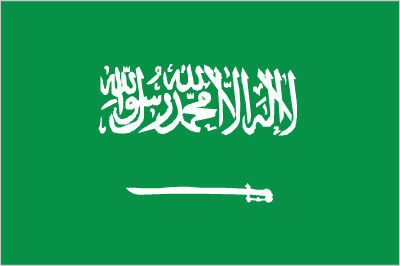
Saudi Arabia has an oil-based economy with strong government controls over major economic activities. It possesses about 16% of the world's proven petroleum reserves, ranks as the largest exporter of petroleum, and plays a leading role in OPEC. The petroleum sector accounts for roughly 80% of budget revenues, 45% of GDP, and 90% of export earnings. Saudi Arabia is encouraging the growth of the private sector in order to diversify its economy and to employ more Saudi nationals. Diversification efforts are focusing on power generation, telecommunications, natural gas exploration, and petrochemical sectors. Over 6 million foreign workers play an important role in the Saudi economy, particularly in the oil and service sectors, while Riyadh is struggling to reduce unemployment among its own nationals. Saudi officials are particularly focused on employing its large youth population, which generally lacks the education and technical skills the private sector needs. Riyadh has substantially boosted spending on job training and education, most recently with the opening of the King Abdallah University of Science and Technology - Saudi Arabia's first co-educational university. As part of its effort to attract foreign investment, Saudi Arabia acceded to the WTO in 2005. The government has begun establishing six "economic cities" in different regions of the country to promote foreign investment and plans to spend $373 billion between 2010 and 2014 on social development and infrastructure projects to advance Saudi Arabia's economic development.
$927.8 billion (2013 est.)
country comparison to the world: 20
$895.8 billion (2012 est.)
$852.1 billion (2011 est.)
3.6% (2013 est.)
country comparison to the world: 87
5.1% (2012 est.)
8.6% (2011 est.)
$31,300 (2013 est.)
country comparison to the world: 44
$30,900 (2012 est.)
$30,000 (2011 est.)
agriculture: 2%
industry: 62.5%
services: 35.5% (2013 est.)
NA%
3.7% (2013 est.)
country comparison to the world: 128
2.9% (2012 est.)
8.412 million
country comparison to the world: 57
note: about 80% of the labor force is non-national (2013 est.)
agriculture: 6.7%
industry: 21.4%
services: 71.9% (2005 est.)
10.5% (2013 est.)
country comparison to the world: 112
10.6% (2012 est.)
crude oil production, petroleum refining, basic petrochemicals, ammonia, industrial gases, sodium hydroxide (caustic soda), cement, fertilizer, plastics, metals, commercial ship repair, commercial aircraft repair, construction
2.7% (2013 est.)
country comparison to the world: 111